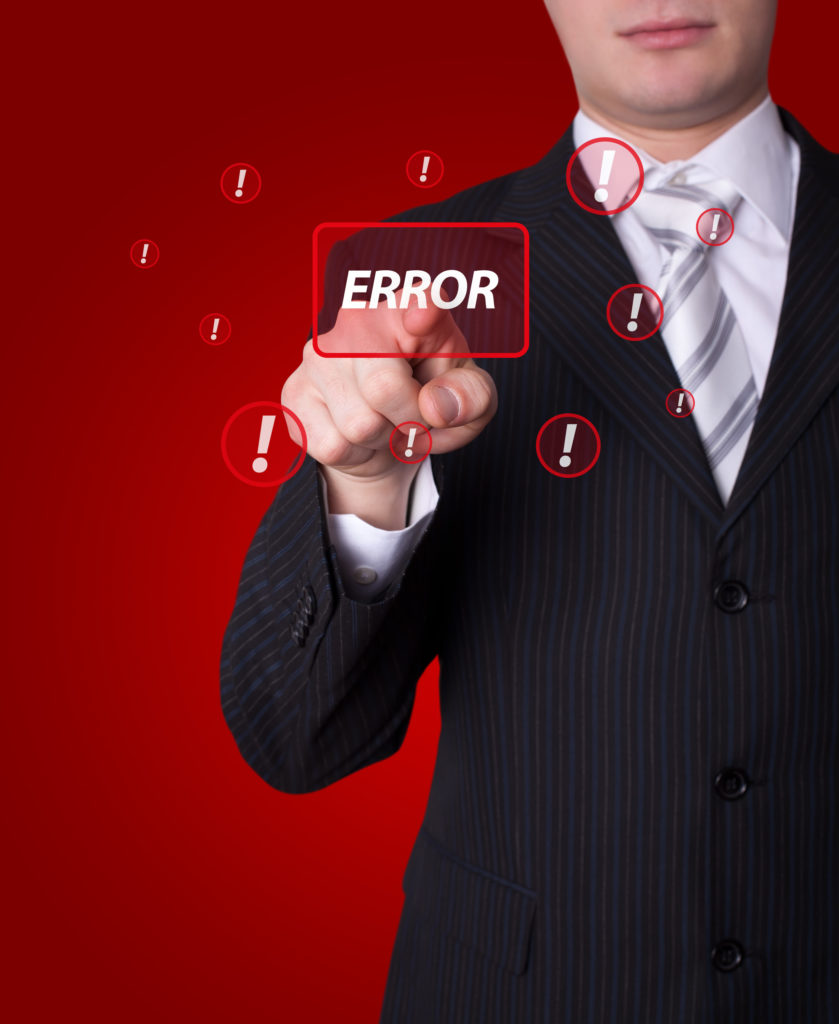One of the greatest risks to the success of businesses is human error. Human error is a failure of a planned action to achieve the desired outcome, that results in mistakes, accidents, and even loss of life. It can be the root cause of both catastrophic organizational accidents and serious individual injuries. Incident reports in some industries attribute as much as 80% – 90% of serious injuries and accidents to human error. The overall cost of human error to US and UK businesses is $18.7 billion per year (2017). To minimize human error, businesses are spending billions on artificial intelligence and technology that can help them reduce the risk for injuries, accidents, and mistakes, saving lives and improving productivity and profits, but often replacing people, taking their jobs, and not doing too much to enable their employees reduce their personal risk for errors and mistakes.
The fact of the matter is that if people and organizations want to future-proof themselves against the possibility of artificial intelligence taking their jobs, committing fewer errors and accidents, reducing their risk for human errors will have to become a bigger business priority than ever before. Although organizations generally take precautions and implement policies and procedures to reduce the possibility of harmful incidents and accidents, little is done in general to help individuals reduce their risk for errors and mistakes, suggesting we are not all that clear about how to enable people to reduce their risk for error.
Neuroscience research offers a fresh perspective that can significantly contribute toward understanding why human error occurs and how it can be reduced. Research shows that continued neurological stress and fatigue are the brain’s greatest enemies. The inhibiting impact that continued stress and fatigue have on the electrical transmission of biochemical impulses in the brain is one of the root causes of human error, as it significantly decreases people’s mental alertness, concentration, thinking, learning and information processing abilities.
People are uniquely wired. They have different information processing preferences because of different combinations of brain hemisphere, eye, ear, and hand dominance. Information comes in through all the senses. We have two brain hemispheres, two eyes, two ears, and two hands, but will always have a dominant brain hemisphere, eye, ear, and hand that takes the leading role to process information actively, while the non-dominant hemisphere and senses process information more passively in normal day-to-day situations. People’s hemispheric and sensory dominance preferences become their natural default mode to process information during stress or fatigue.
The interplay between people’s unique combinations of hemispheric and sensory dominance and how stress and fatigue may limit how they process information will determine their potential risk for errors and the interventions necessary to minimize their errors and mistakes. When the dominant eye, ear, or hand is on the same side as the dominant brain hemisphere, we may experience a neurological hindrance in how we process information during stress or fatigue. This may cause people to look, but not see, hear but not listen or react but not effectively respond, resulting in mistakes, accidents, and even loss of life.
Furthermore, each hemisphere and sense has specific processing functions. In this way, each hemisphere and sense avoid duplication of functions and complements each other. In a natural, relaxed state, there will usually be a higher level of brain balance between all functions. There is, however, a natural tendency for one hemisphere, eye, ear, and hand to lead, which then causes people to emphasize specific processing functions more than others, especially during stress and feeling fatigued, affecting how they process information, what they process, and what they may regard as less important or even omit.
To effectively reduce people’s risk for mistakes and human error, they have to optimize and maintain a high level of Neuro Agility. The first step would be for them to identify and understand their unique neurological design (the combination of brain hemisphere and sensory dominance) and how their neuro-design impacts their mental flexibility. Secondly, they have to measure how the drivers that optimize their brain’s performance, impact the ease and speed with which they process information and their unique neuro-design. This will determine which Neuro Agility elements need to be optimized. Subsequently, they have to develop and apply the brain fitness and neuro-flexibility skills that were identified.
The above-mentioned neuroscience approach offers insightful strategies and solutions that improve performance and productivity, reducing the risk of human error, saving lives, and reducing accidents and mistakes. Case studies prove that this approach has reduced absenteeism from work, increased accident-free hours, wellness and productivity, and prevented loss of life. Creating and maintaining higher levels of Neuro Agility in industries like the military, manufacturing, mining, competitive sports, and any job that requires 0 error, certainly should be a priority.
Previously, there did not exist a tool to help industries measure individuals’ potential risk for error and then help them to minimize that risk. The good news is that the Neuro Agility Community now offers tools and solutions to help people and industries minimize the risk of error, save lives, improve productivity and wellness and optimize workplace engagement. We believe: “You can’t improve what you can’t measure”. Our point of departure to help people and organizations minimize risk for error is by doing a Neuro Agility Profile® (NAP) assessment of people. The NAP is a great tool to accurately identify people’s unique information processing preferences, determine their potential risk for error, and offer solutions to reduce their potential risk for error. Subsequently, brain-mind solutions are offered and a post-assessment is done after the development interventions to determine progress.

